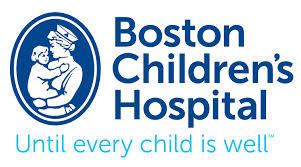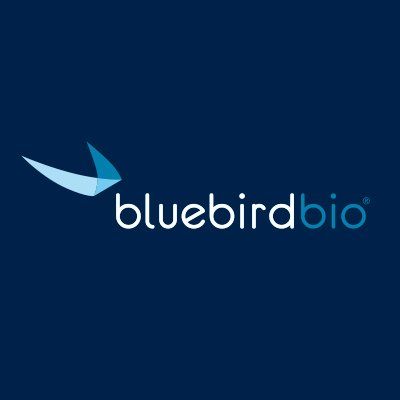1
项与 Autologous CD34+ HSC cells(Boston Children's Hospital) 相关的临床试验 / Active, not recruiting临床2期IIT A Multi-Center, Phase 2 Gene Transfer Study Inducing Fetal Hemoglobin in Sickle Cell (GRASP, BMT CTN 2001)
A promising approach for the treatment of genetic diseases is called gene therapy. Gene therapy is a relatively new field of medicine in which genetic material (mostly DNA) in the patient is changed to treat his or her own disease. In gene therapy, we introduce new genetic material in order to fix or replace the patient's disease gene, with the goal of curing the disease. The procedure is similar to a bone marrow transplant, in that the patient's malfunctioning blood stem cells are reduced or eliminated using chemotherapy, but it is different because instead of using a different person's (donor) blood stem cells for the transplant, the patient's own blood stem cells are given back after the new genetic material has been introduced into those cells. This approach has the advantage of eliminating any risk of graft versus host disease (GVHD), reducing the risk of graft rejection, and may also allow less chemotherapy to be utilized for the conditioning portion of the transplant procedure. To introduce new genetic material into the patient's own blood stem cells we use a modified version of a virus (called a 'vector') that efficiently inserts the "correcting" genetic material into the cells. The vector is a specialized biological medicine that has been formulated for use in human beings.
Fetal hemoglobin (HbF) is a healthy, non-sickling kind of hemoglobin. The investigators have discovered a gene that is very important in controlling the amount of HbF. Decreasing the expression of this gene in sickle cell patients could increase the amount of fetal hemoglobin while simultaneously reducing the amount of sickle hemoglobin in their blood, specifically the amount in red blood cells where sickle hemoglobin causes damage to the cell, and therefore potentially cure or significantly improve the condition. The gene we are targeting for change in this study that controls the level of fetal hemoglobin is called BCL11A.
In summary, the advantages of a gene therapy approach include: 1) it can be used even if the patient does not have a matched donor available; 2) it may allow a reduction in the amount of chemotherapy required to prepare the patient for the transplant; and 3) it will avoid certain strong medicines often required to prevent and treat GVHD and rejection. Our lab studies with normal mice, mice that have a form of SCD, and with cells from the bone marrow of SCD patients who have donated bone marrow for research purposes show this approach is very effective in reducing the amount of sickle hemoglobin in red cells. Our pilot trial testing this approach in 10 patients with SCD has shown that the treatment has not caused any unexpected safety problems, and that it increases HbF within the red blood cells. Our goal is to continue to test whether this approach is safe, and whether using gene therapy to change the expression of BCL11A will lead to decreased episodes of vaso-occlusive crisis pain in people with SCD.
100 项与 Autologous CD34+ HSC cells(Boston Children's Hospital) 相关的临床结果
100 项与 Autologous CD34+ HSC cells(Boston Children's Hospital) 相关的转化医学
100 项与 Autologous CD34+ HSC cells(Boston Children's Hospital) 相关的专利(医药)
100 项与 Autologous CD34+ HSC cells(Boston Children's Hospital) 相关的药物交易







